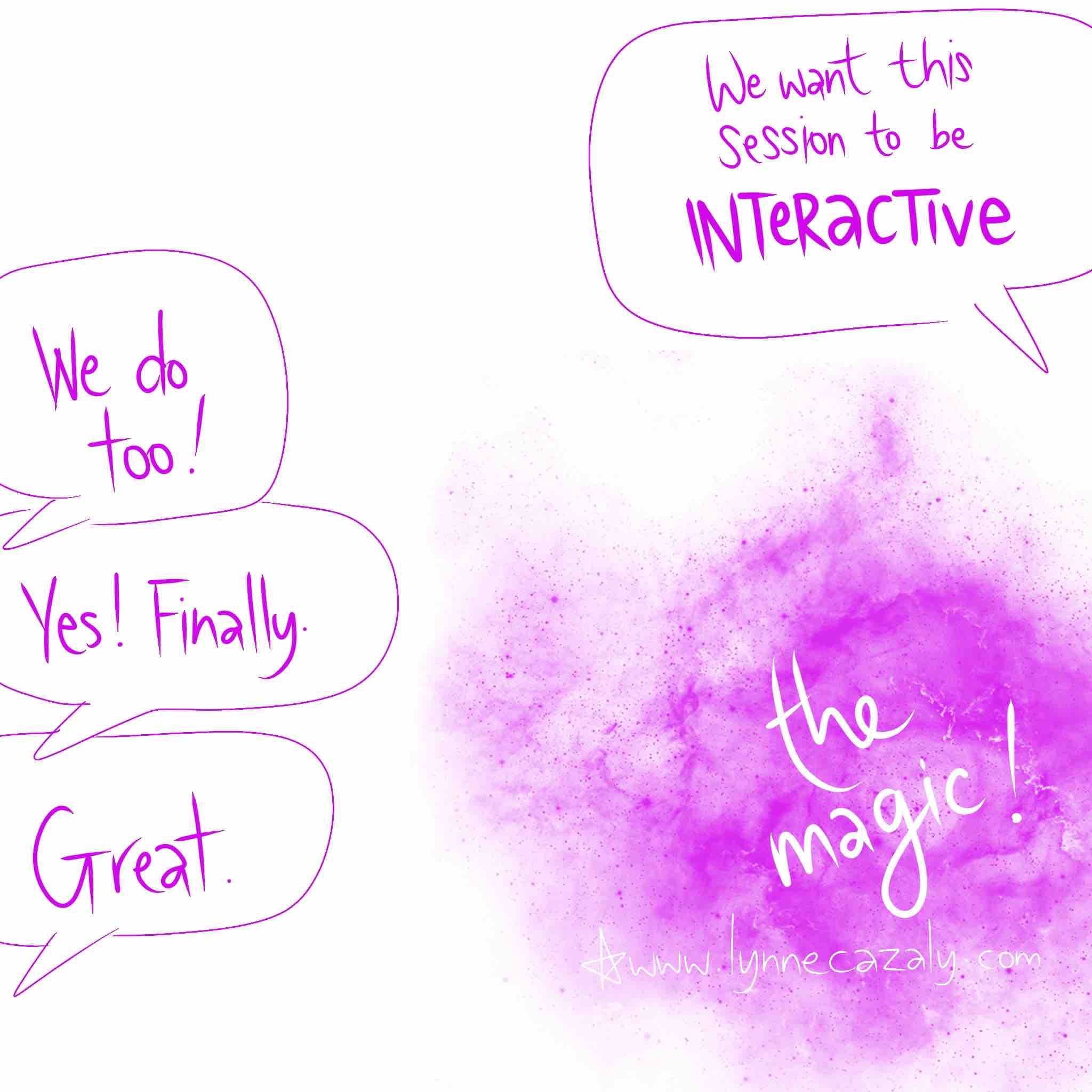To draw out from others
 Wednesday, September 15, 2021 at 3:44PM
Wednesday, September 15, 2021 at 3:44PM 
How are you at the skill of elicitation? Can you draw information and contributions out of people?
Why elicit : because they’ve got something to contribute or expertise we need to tap into.
Elicitation isn’t just asking one question and then waiting for the answer. It’s more often about an ongoing conversation, back and forth. It’s getting to the point, finding the key information, uncovering the challenge or problem or insight.
We can’t wait until people speak up or ‘lean in’.
To elicit is to actively collaborate with someone to help them contribute and give.
It’s asking, encouraging, clarifying, listening, hearing, repeating back, wondering, probing, asking, listening...
The problem is, we often don’t allow the time even though it’s a key component of engaging others and uncovering important insights.
Don’t wait for people to eventually feel safe enough to speak up.
Take the time and plan for how and when you will engage, ask and elicit from others.



















